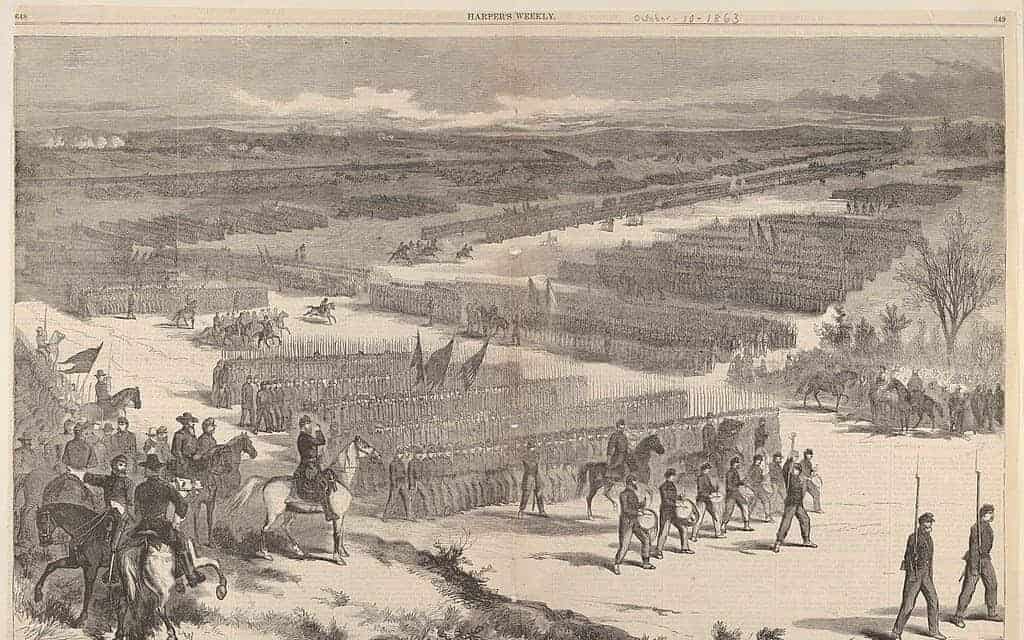
The World War One Veterans Bonus Army
In 1924 the Congress passed the World War Adjusted Bonus Act, which gave veterans of the Great War bonuses in the form of certificates. The certificates were not redeemable until 1945. Congress passed the bill over President Coolidge’s veto, awarding every World War 1 veteran $1 per day of service within the United States (up to $500) and $1.25 per day for overseas duty (up to $625). Any veteran who accrued a total bonus which exceeded $50 was issued a certificate, which when redeemed would also pay compound interest on the total. Veterans were allowed to borrow against the certificate, but only up to 22.5% of the total, later increased to 50% because of the Great Depression.
In the summer of 1932, with the Great Depression at it depths, approximately 43,000 people marched on Washington DC and encamped in open areas around the capital. The press took to calling the encampments Hoovervilles. The marchers were about 17,500 World War 1 veterans, their families, and various supporters. They marched to call attention to the high level of unemployment among veterans and demand the early release of the certificates. The veterans established security in the camps, requiring proof of honorable discharge, or relationship to a veteran, in order to enter the camps.
In June the House of Representatives passed a bill called the Wright Patman bill to allow accelerated payment of the bonuses. The bill failed in the Republican controlled Senate. After protesting on the Capitol steps the veterans and their families returned to their camps. For the next few weeks the veterans protested before the Capitol daily. President Hoover, concerned about the press reports and the negative publicity being generated, ordered the Army to remove the protesters. When confronted by DC Metropolitan Police and Army troops the protesters retreated to the camps. When a portion of the Marine Corps garrison at the Washington Barracks sided with the veterans the Army was ordered to clear the camps.
Two Army officers whose names which would gain lasting fame, Douglas MacArthur and George S. Patton, were involved in clearing the camps. MacArthur called the protesters “communists” and approached the veterans with cavalry (including light tanks) and infantry. Patton commanded the cavalry. MacArthur first fired tear gas at the crowd, which included many wives and children of the veterans, before ordering an assault by both cavalry and infantry, armed with fixed bayonets. The crowd retreated across the Anacostia River, where their largest camp was located. Dismissing Hoover’s order to call off the assault, MacArthur ordered a pursuit.
MacArthur justified his action as protecting the government from an attempted coup. MacArthur was the highest ranking officer in the United States Army at the time. Another officer soon to achieve fame, Dwight David Eisenhower, observed the proceedings and was disgusted by them. Fifty-five veterans were injured during MacArthur’s attack, and it would not be the last time that he chose to disregard the orders of the commander in chief. “I told that dumb son of a bitch not to go down there,” Ike later said. In 1933 the veterans planned a second protest directed toward the Congress and the new President, FDR, arranged a campsite for them in Virginia and provided rations.

